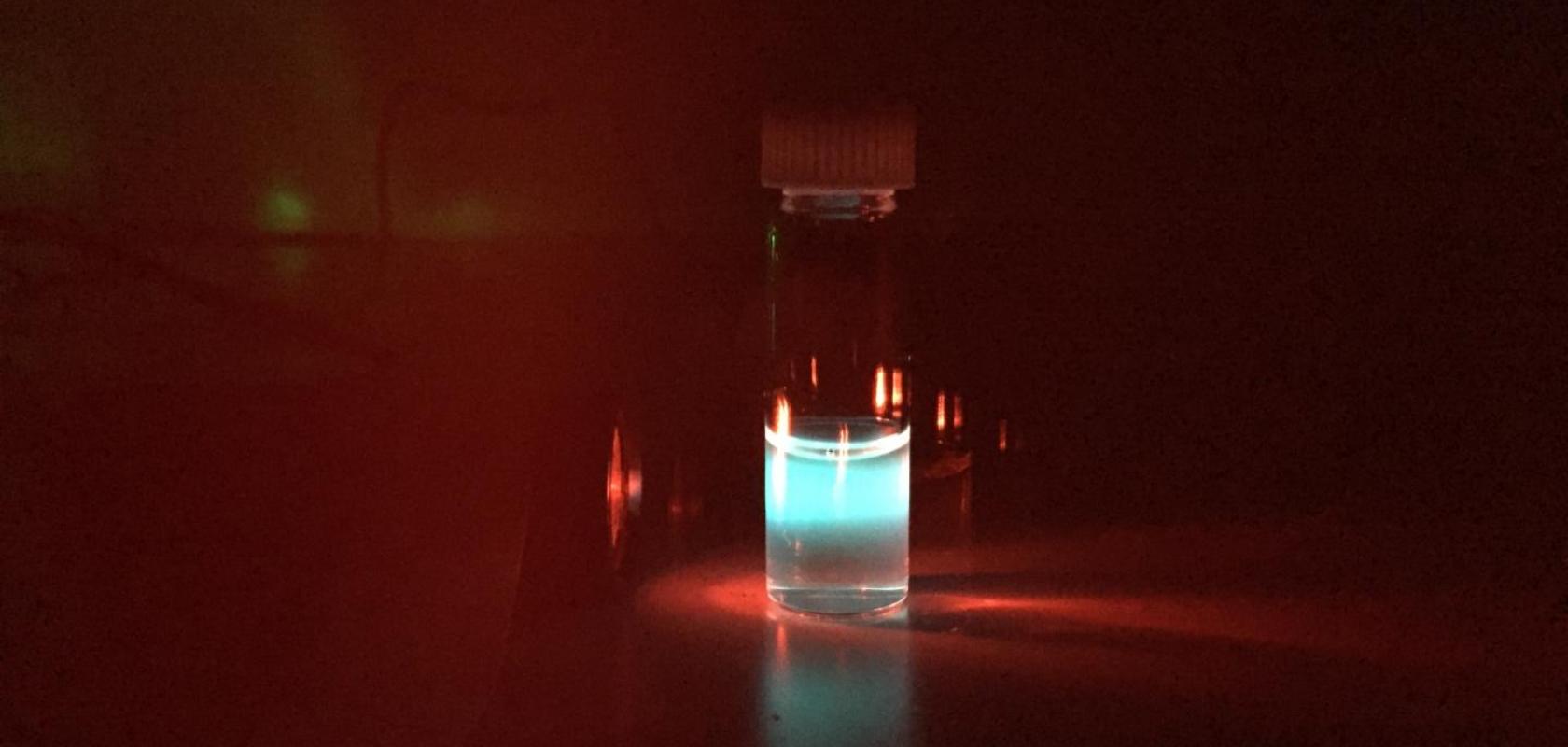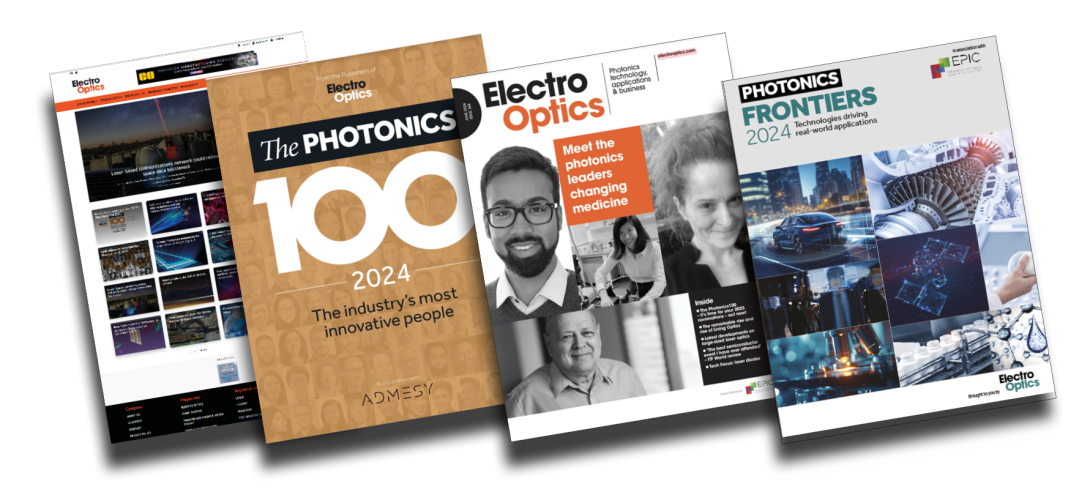Injecting nanoparticles could enable near-infrared light vision, research suggests

Ocular-injectable photoreceptor-binding upconversion nanoparticles convert invisible near-infrared light to intense blue light, visible by human eyes. Image: Gang Han
Scientists at the University of Massachusetts and the University of Science and Technology of China have developed nanoparticles that they suggest could allow mammals to see and process near-infrared light.

Register for FREE to unlock this article
We are committed to providing unparalleled insights and the latest news in the photonics industry. By joining our community for free, you gain exclusive access to:
- Breaking News & Industry Updates: Stay ahead with real-time updates on technological advancements and market trends.
- Expert Analysis & In-Depth Features: Dive deep into comprehensive articles that provide expert commentary and explore the implications of new developments.
- Insights from Photonics Leaders: Gain unique perspectives through interviews and profiles of leading researchers and innovators, such as The Photonics100.
- Industry Webinars and Round Tables: Be the first to hear about upcoming webinars and in-person events addressing the challenges faced by the photonics community and the best-practice ways to solve them.
- Access to Premium Content: Unlock technical articles and special reports into the science and engineering of photonics.
- Exclusive Technology Reviews & Product Announcements: Access our year-round updates on cutting-edge products and innovations transforming the industry.
Don’t miss out on the opportunity to enhance your knowledge and stay informed. Join our thriving community today and become a part of the leading source for photonics news and insights.
Sign up now – it’s fast, easy, and FREE!
Already registered? Log in here to keep reading
You can see our full privacy policy here.

